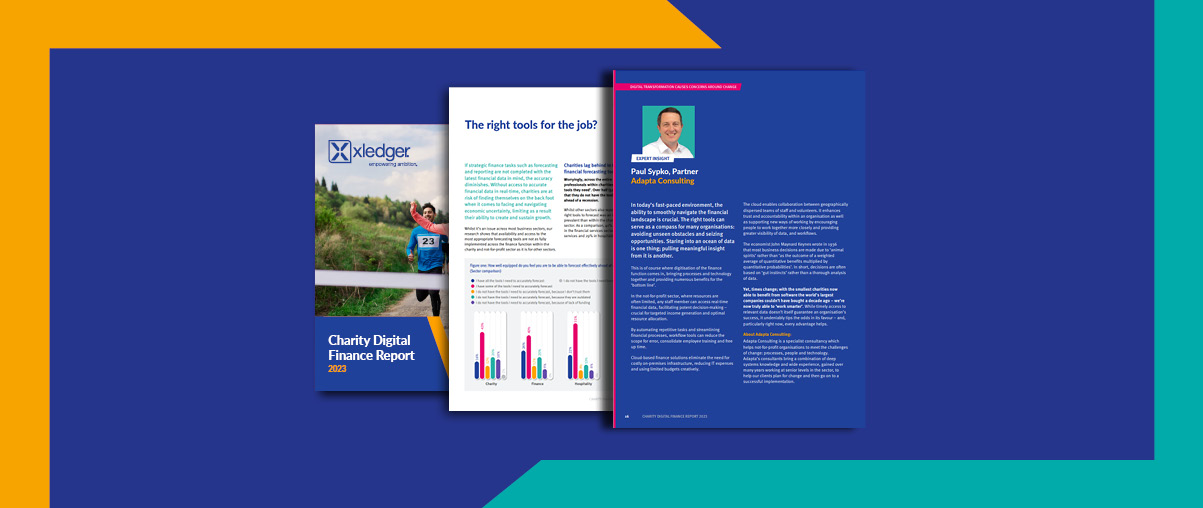In the not-for-profit industry, any funding is good funding. However, while no charity would ever turn down money from a donor, non-restricted funds are indeed favoured by charities, simply because those funds can be directed to multiple areas, depending on where they are most needed at the time.







